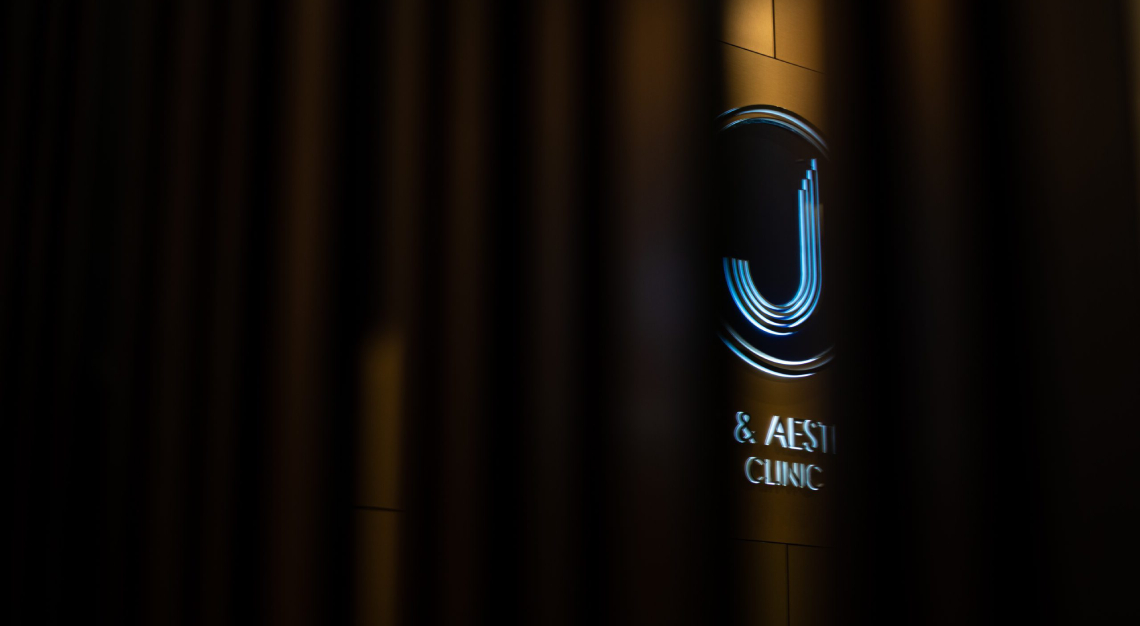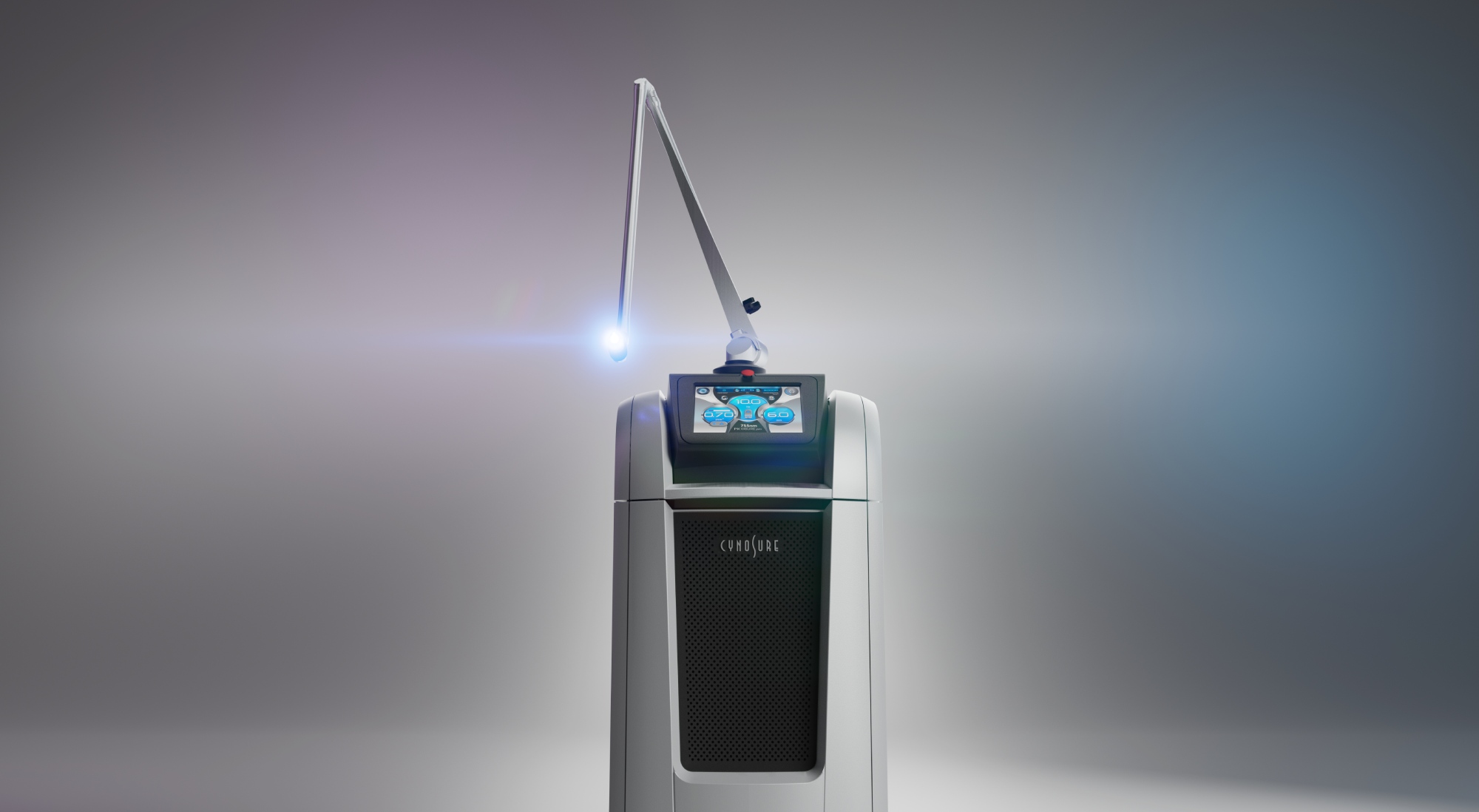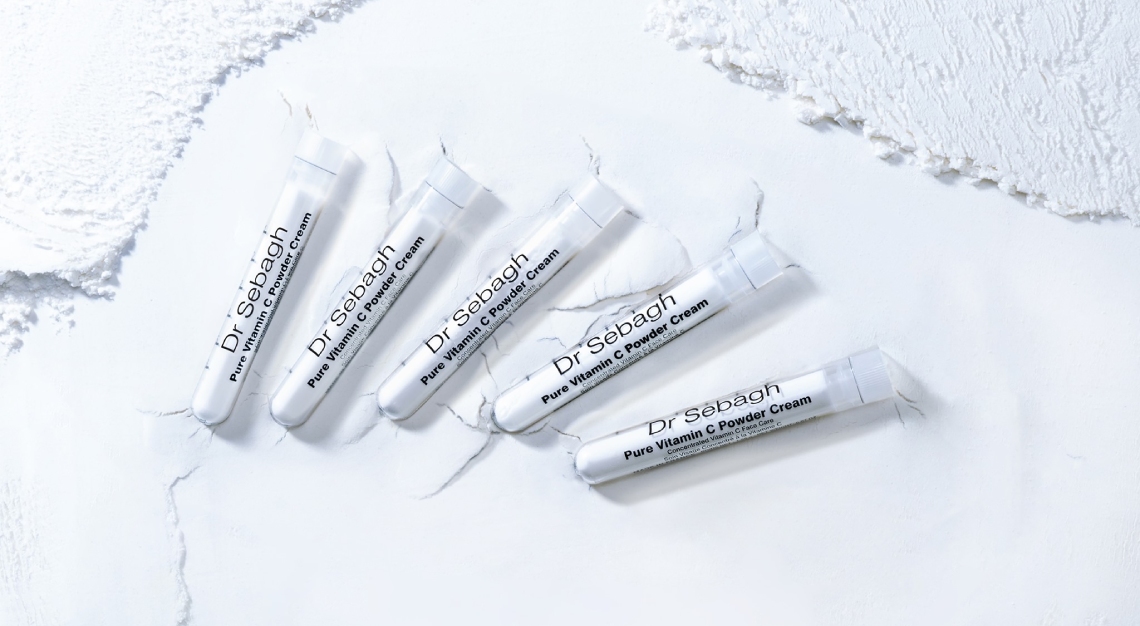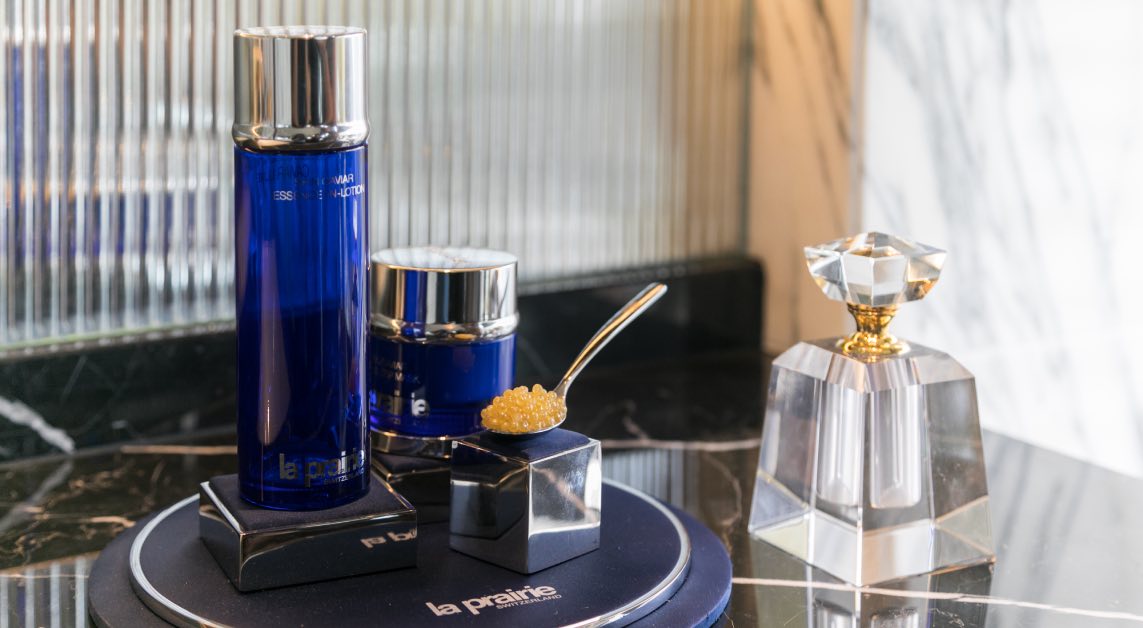Looking for a one-stop solution for complete skin revitalisation? Picosure Pro will do just that–in 10 minutes, and zero downtime
My skincare inventory grows by the year. When ageing generously bestows its gifts in the likes of hyperpigmentation, wrinkles, decreased collagen and elastin (thanks!), we retaliate with the likes of retinoids and vitamin C serums, sunscreens and collagen jelly supplements… or cosmetic treatments like Botox or fillers for those who’d rather not wait for the serum to work its magic. Whatever your weapon of choice in this war against ageing may be, here’s a little ‘cheat code’ procedure for you… one that bypasses all the usual post-laser nasties, such as redness & skin sensitivity.
If a laser procedure with zero downtime sounds too good to be true, rest assured—it’s not. Following extensive research and the innovation of four cutting-edge machines since 2008, Cynosure’s quest to pioneering efficacious rejuvenation treatments (with reduced pain and downtime) has revolutionised the industry once again.
The world’s first and best 755nm picosecond laser
The launch of the PicoSure Pro in 2022—an enhanced and upgraded successor to its 2012 predecessor, Picosure—delivers unrivalled results, with reduced downtime and minimal discomfort. This revolutionary advancement in picosecond technology has already garnered accolades and recognition worldwide. The device was named NewBeauty’s Best Laser Device in 2021 and Instyle’s Best Beauty Buy in 2022. Most recently, just last month in September, Picosure Pro was crowned Asia Pacific’s Machine of the Year at the Global Health Aesthetics and Wellness Awards.
What are picolasers? How does Picosure Pro work?
Picosecond lasers differ based on wavelengths, with 755nm (like Picosure Pro), and 1064nm being more common. Picosure Pro’s 755nm wavelength is best suited to revitalise skin, while reducing risk of bleeding and side effects. On the other hand, the 1064nm wavelength is more attracted to hemoglobin and is better at treating blood-related issues like redness or broken blood vessels.
These differences affect how efficiently each laser works for specific skin issues and can influence the likelihood of side effects, depending on the wavelength used. “After traditional laser procedures, the skin may become reddish and look ‘angry’, due to the laser heat causing vascular damage. Picosure Pro, on the other hand, is a single wavelength with no heat, therefore no vascular damage, and no downtime,” shares the medical director at J Laser and Aesthetics Clinic, Dr. Ngiam, shared during a consultation session prior to the actual procedure.
“When the laser hits the pigment, or the melanin, the pigmentation shatters into very, very small particles, which will then be absorbed and removed naturally by the body.”
The procedure
The entire session started off with the consultation, where Dr. Ngiam explained the procedure, assessed my skin condition, and addressed the enquiries and expectations I had. Following this, I was escorted to a private treatment room where the magic happens; I was first given an antihistamine to counter any potential reactions to the numbing cream that would be applied all over my face to minimize any discomfort.
Unfortunately, while waiting for the cream to do its job (before Dr. Ngiam could work his Picosure Pro magic), this was the point I would fall into the deepest of sleeps, briefly–and barely–resurfacing every now and then for a grunted response (if I could hear them, that is) when Dr. Ngiam or the nurses checked in.
So no, I didn’t get to really experience what it had felt like, and if it was painful in the slightest. But to sleep right through the entire procedure, that’s probably our answer to the latter. I felt no discomfort post-procedure either–to be specific, all that I felt was groggy from that deep nap, and a completely numb face (quite an interesting experience).
Redness? None. Sensitivity? Not to the touch, although your skin will be–nurses will apply sunscreen at the end of the procedure. Laser treatments increase photosensitivity, so staying on top of your sunscreen-applying (and reapplying) is imperative. Once I was ready, I met with Dr. Ngiam again to reassess my skin condition, pre- and post-procedure.
“Comparing the before and after, we get a clearer picture of the individual’s response to the treatment,” said Dr, Ngiam. He would then craft an individualised treatment plan, usually involving four to six sessions for a start. Maintenance sessions are planned much later based on individual’s skin response, as well as a possibility of adding or changing treatment procedures to optimise results.

Located conveniently at the heart of Novena, J Laser and Aesthetics Clinic is helmed by acclaimed aesthetic medical director, Dr. Ngiam Juzheng; this clinic is among the first of select aesthetic clinics in Asia to offer Picosure Pro. The one-stop solution to battle signs of ageing and enhance skin tone and texture, with noticeable improvements right after my first session (some dark spots did lighte significantly, and that glow..) No prizes for guessing if I’ll be returning for a second session.






